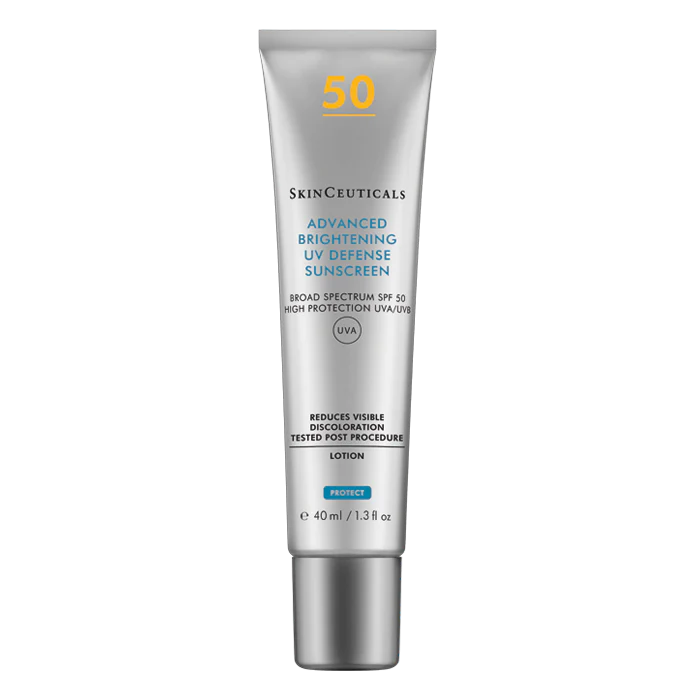Introduction
Most people think dark spots appear only from the sun. In reality, pigment often begins with inflammation. Every breakout, peel, or surge of stress releases chemical messengers that nudge pigment cells into overdrive.
Body
-
The science in brief: inflammation activates melanocytes through cytokines and oxidative stress.
-
Everyday triggers: UV light, post-acne healing, heat exposure, over-exfoliation, hormonal shifts, even poor sleep.
-
The solution: calm first, correct second. A routine that starts with antioxidants and barrier repair before adding brightening serums leads to longer-term clarity.
-
at Woulfe Skin Specialists, we sequence protocols—LED, calming masks, and CE Ferulic—before corrective steps such as Discolouration Defence or Glycolic Renewal Cleanser.
“If you’ve been treating pigment but never the inflammation beneath it, it’s time for a smarter plan.”
Pigmentation Is Inflammation: The Science
When the skin experiences stress or injury — UV exposure, heat, acne, friction, hormonal changes, or even aggressive exfoliation — it triggers inflammatory signalling.
Cytokines, prostaglandins, and reactive oxygen species (ROS) are released. These chemical messengers travel down to melanocytes, the pigment-producing cells, and tell them to ramp up melanin synthesis as a defence response.
In short:
“Inflammation turns on pigment production.”
Once that cascade begins, excess melanin can become trapped in the epidermis or even drop into the dermis (dermal pigment), where it’s much harder to fade.
Common Inflammatory Triggers
UV and blue-light exposure
Chronic low-grade inflammation (gut dysbiosis, hormonal fluctuation, stress)
Acne breakouts or post-treatment trauma (PIH)
Barrier disruption from over-exfoliation or harsh actives
Heat exposure (sauna, waxing, RF if barrier isn’t protected)
Allergic or irritant reactions (cosmetics, fragrance, nickel, etc



















































